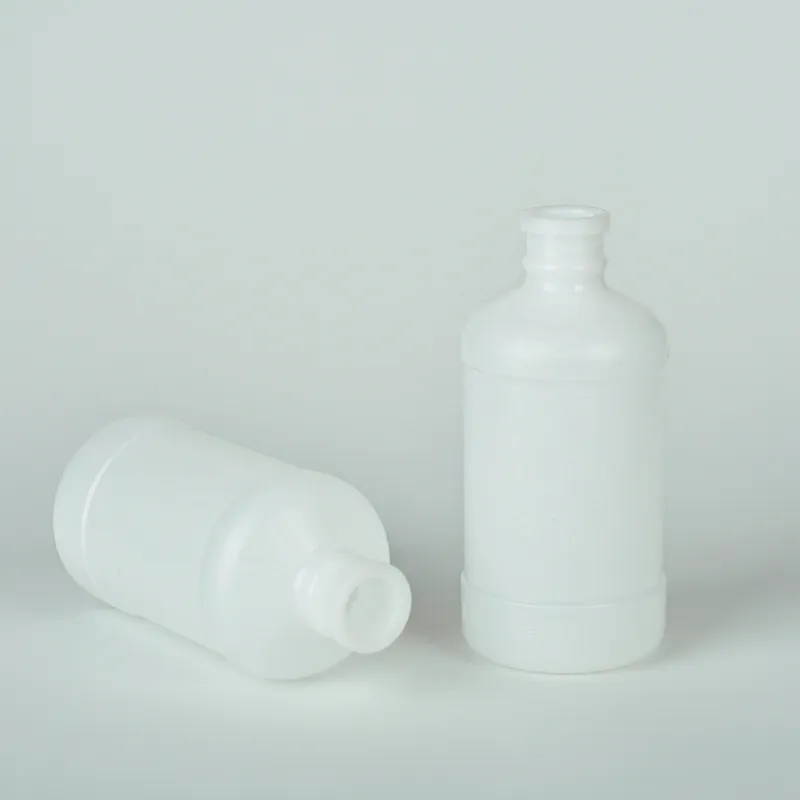
-
 Afrikaans
Afrikaans -
 Albanian
Albanian -
 Amharic
Amharic -
 Arabic
Arabic -
 Armenian
Armenian -
 Azerbaijani
Azerbaijani -
 Basque
Basque -
 Belarusian
Belarusian -
 Bengali
Bengali -
 Bosnian
Bosnian -
 Bulgarian
Bulgarian -
 Catalan
Catalan -
 Cebuano
Cebuano -
 Corsican
Corsican -
 Croatian
Croatian -
 Czech
Czech -
 Danish
Danish -
 Dutch
Dutch -
 English
English -
 Esperanto
Esperanto -
 Estonian
Estonian -
 Finnish
Finnish -
 French
French -
 Frisian
Frisian -
 Galician
Galician -
 Georgian
Georgian -
 German
German -
 Greek
Greek -
 Gujarati
Gujarati -
 Haitian Creole
Haitian Creole -
 hausa
hausa -
 hawaiian
hawaiian -
 Hebrew
Hebrew -
 Hindi
Hindi -
 Miao
Miao -
 Hungarian
Hungarian -
 Icelandic
Icelandic -
 igbo
igbo -
 Indonesian
Indonesian -
 irish
irish -
 Italian
Italian -
 Japanese
Japanese -
 Javanese
Javanese -
 Kannada
Kannada -
 kazakh
kazakh -
 Khmer
Khmer -
 Rwandese
Rwandese -
 Korean
Korean -
 Kurdish
Kurdish -
 Kyrgyz
Kyrgyz -
 Lao
Lao -
 Latin
Latin -
 Latvian
Latvian -
 Lithuanian
Lithuanian -
 Luxembourgish
Luxembourgish -
 Macedonian
Macedonian -
 Malgashi
Malgashi -
 Malay
Malay -
 Malayalam
Malayalam -
 Maltese
Maltese -
 Maori
Maori -
 Marathi
Marathi -
 Mongolian
Mongolian -
 Myanmar
Myanmar -
 Nepali
Nepali -
 Norwegian
Norwegian -
 Norwegian
Norwegian -
 Occitan
Occitan -
 Pashto
Pashto -
 Persian
Persian -
 Polish
Polish -
 Portuguese
Portuguese -
 Punjabi
Punjabi -
 Romanian
Romanian -
 Russian
Russian -
 Samoan
Samoan -
 Scottish Gaelic
Scottish Gaelic -
 Serbian
Serbian -
 Sesotho
Sesotho -
 Shona
Shona -
 Sindhi
Sindhi -
 Sinhala
Sinhala -
 Slovak
Slovak -
 Slovenian
Slovenian -
 Somali
Somali -
 Spanish
Spanish -
 Sundanese
Sundanese -
 Swahili
Swahili -
 Swedish
Swedish -
 Tagalog
Tagalog -
 Tajik
Tajik -
 Tamil
Tamil -
 Tatar
Tatar -
 Telugu
Telugu -
 Thai
Thai -
 Turkish
Turkish -
 Turkmen
Turkmen -
 Ukrainian
Ukrainian -
 Urdu
Urdu -
 Uighur
Uighur -
 Uzbek
Uzbek -
 Vietnamese
Vietnamese -
 Welsh
Welsh -
 Bantu
Bantu -
 Yiddish
Yiddish -
 Yoruba
Yoruba -
 Zulu
Zulu
Innovative Concepts for Modern Spray Bottle Designs and Functionality
The Evolution and Design of Spray Bottles
Spray bottles have become an integral part of everyday life, serving various purposes from household cleaning to personal care and gardening
. Their design has evolved significantly over the years, combining functionality, ergonomics, and aesthetics to meet diverse user needs. This article explores the key elements of spray bottle design, the materials used, and the innovations that have shaped these ubiquitous tools.At first glance, a spray bottle may seem like a simple container, but its design is a product of thoughtful engineering. The primary components of a spray bottle include the bottle itself, a pump mechanism, and a nozzle. The bottle is typically made from plastic or glass, with each material offering unique advantages. Plastic bottles are lightweight and shatter-resistant, making them ideal for households with children or pets. Glass bottles, on the other hand, are preferred for their eco-friendliness and aesthetic appeal, often used for essential oils or premium cleaning solutions.
The pump mechanism is where the magic happens. It consists of a piston, a spring, and a tube that reaches into the liquid inside the bottle. When the user squeezes the trigger, the piston forces the liquid up through the tube and out of the nozzle as a spray. This action is not only efficient but also allows for fine-tuning of the spray pattern, from a fine mist to a concentrated stream. Many modern spray bottles come with adjustable nozzles, giving users greater control over the output, which is particularly useful in tasks such as watering plants or applying cleaning solutions.
spray bottle design

Ergonomics plays a crucial role in the design of spray bottles. A well-designed bottle fits comfortably in the hand, allowing for prolonged use without causing strain. Many brands invest in creating triggers that require less force to activate, enhancing user experience, especially in commercial settings where bottles may be used repeatedly throughout the day.
In recent years, sustainable design has emerged as a significant trend in the spray bottle industry. With growing awareness of plastic pollution, brands are exploring eco-friendly alternatives such as biodegradable materials and refillable designs. Some companies are adopting a circular economy approach, offering customers incentives to return empty bottles for recycling or refilling.
In addition to sustainability, technology is influencing spray bottle design. Smart spray bottles equipped with sensors can monitor liquid levels and notify users when it’s time to refill. These innovations merge convenience with modern technology, appealing to tech-savvy consumers.
In conclusion, the design of spray bottles is a fascinating intersection of functionality, ergonomics, and sustainability. As consumer preferences evolve and the demand for environmentally friendly products grows, it is likely that the spray bottle will continue to transform. Ultimately, effective design will remain centered on enhancing user experience while addressing environmental concerns, ensuring that these everyday tools not only meet our needs but also contribute positively to our planet.
-
Premium Metal Dropper Bottle for Precise Dispensing 250ml & 1ml Options AvailableNewsJul.04,2025
-
20 ml Headspace Vials - High Quality Polyethylene & Plastic Vials for Lab UseNewsJul.04,2025
-
Small Bottle with Pipette - Precise Dispensing 100ml Pipette Bottles for Essential Oils & Lab UseNewsJun.24,2025
-
Acetic Anhydride Bottle for Accurate Dropper Measurement in Pharmacy Use High-Quality Dropper BottlesNewsJun.10,2025
-
Innovative PET Bottle Design for Juice – Unique Shapes & Customization OptionsNewsJun.10,2025
-
20 Pack Sterilized Petri Dishes – Assorted Sizes, High Quality Small Plastic Petri Dishes for Lab UseNewsJun.10,2025






















